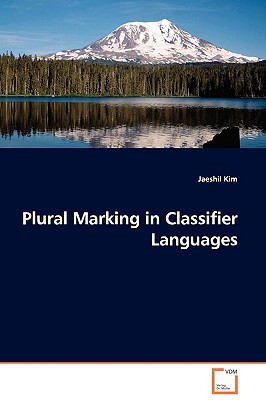
- We will send in 10–14 business days.
- Author: Jaeshil Kim
- Publisher: VDM Verlag
- ISBN-10: 3639109074
- ISBN-13: 9783639109078
- Format: 15.2 x 22.9 x 0.7 cm, softcover
- Language: English
- SAVE -10% with code: EXTRA
Reviews
Description
This monograph investigates the fundamental nature of nouns in classifier and non-classifier languages in the context of plurality-related phenomena. In the recent literature, there have been many suggestions which draw a distinction between classifier and non-classifier languages with respect to the nature of nouns. The fundamental reason for the apparent optional plural marking in classifier languages has been ascribed to the different nature of nouns. This book shows that there is no such fundamental distinction with respect to the nature of nouns between classifier languages and non-classifier languages. The parametric difference in the mass/count distinction between these two types of languages rather lies in 'how' and 'where' the semantic information is encoded. This book also explores the unique roles of plural markers in classifier languages such as Chinese, Japanese, Korean, etc. and provides micro-parametric variations in the syntax and semantics of plural markers.
EXTRA 10 % discount with code: EXTRA
The promotion ends in 18d.10:20:49
The discount code is valid when purchasing from 10 €. Discounts do not stack.
- Author: Jaeshil Kim
- Publisher: VDM Verlag
- ISBN-10: 3639109074
- ISBN-13: 9783639109078
- Format: 15.2 x 22.9 x 0.7 cm, softcover
- Language: English English
This monograph investigates the fundamental nature of nouns in classifier and non-classifier languages in the context of plurality-related phenomena. In the recent literature, there have been many suggestions which draw a distinction between classifier and non-classifier languages with respect to the nature of nouns. The fundamental reason for the apparent optional plural marking in classifier languages has been ascribed to the different nature of nouns. This book shows that there is no such fundamental distinction with respect to the nature of nouns between classifier languages and non-classifier languages. The parametric difference in the mass/count distinction between these two types of languages rather lies in 'how' and 'where' the semantic information is encoded. This book also explores the unique roles of plural markers in classifier languages such as Chinese, Japanese, Korean, etc. and provides micro-parametric variations in the syntax and semantics of plural markers.


Reviews